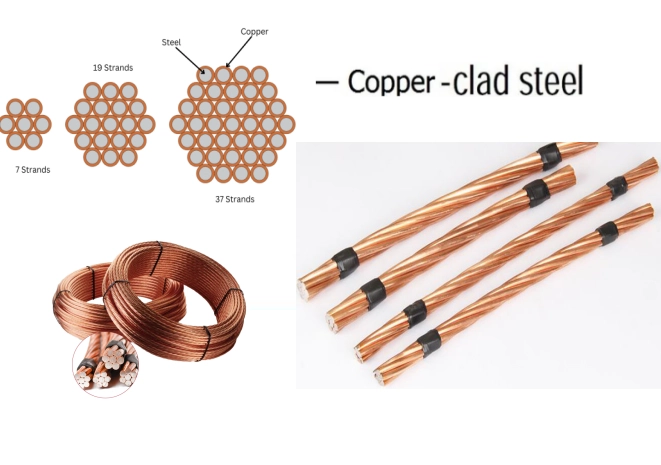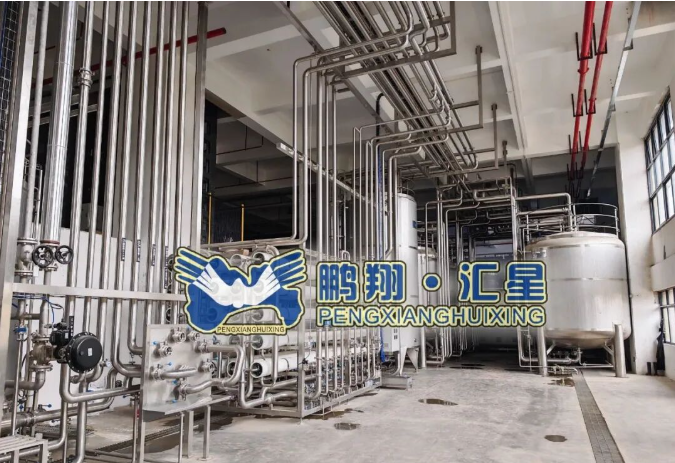What Is a Municipal Solid Waste Incinerator and How Does It Work?
Municipal solid waste incinerators have become a crucial part of modern waste management systems, offering an efficient way to reduce waste volume while generating energy. But what exactly is a municipal solid waste incinerator, and how does it work? This article will explore the fundamentals, benefits, challenges, and future of this technology.
Understanding Municipal Solid Waste Incinerators
A municipal solid waste incinerator is a facility designed to burn household and commercial waste at high temperatures. This process reduces the volume of waste significantly and often generates heat and electricity as byproducts. Unlike traditional landfilling, incineration minimizes the space required for waste disposal and can help mitigate environmental issues associated with landfill sites.
The Process of Waste Incineration
-
Waste Collection and Sorting
Before waste reaches the incinerator, it is collected from households, businesses, and institutions. It undergoes sorting to remove recyclable materials and hazardous substances that could interfere with the incineration process or produce harmful emissions. -
Combustion
Once sorted, the municipal solid waste is fed into the incinerator's combustion chamber. Here, the waste is burned at temperatures ranging from 850 to 1100 degrees Celsius. The high heat ensures complete combustion, reducing the waste to ash while releasing heat energy. -
Energy Recovery
The heat produced during combustion is harnessed to generate steam. This steam drives turbines that produce electricity, making municipal solid waste incinerators an integral part of waste-to-energy (WTE) systems. The electricity generated can power the facility and supply energy to the local grid. -
Emission Control
Modern incinerators are equipped with advanced emission control systems. These systems capture and treat pollutants such as dioxins, furans, and heavy metals, ensuring the emissions meet environmental standards. Technologies like scrubbers, filters, and electrostatic precipitators play a crucial role in maintaining air quality. -
Ash Handling and Disposal
After combustion, the remaining bottom ash and fly ash are collected. Bottom ash can sometimes be repurposed for construction materials, while fly ash, which contains more hazardous components, requires careful handling and disposal in specialized landfills.
Benefits of Municipal Solid Waste Incinerators
-
Volume Reduction
Incineration reduces the volume of solid waste by up to 90%, significantly decreasing the need for landfill space. -
Energy Production
By converting waste into energy, municipal solid waste incinerators contribute to renewable energy supplies and reduce reliance on fossil fuels. -
Reduction of Greenhouse Gases
Properly managed incinerators produce fewer methane emissions compared to landfills, helping to mitigate climate change. -
Resource Recovery
Incinerators can recover metals and other materials from the waste stream, contributing to the circular economy.
Challenges and Environmental Concerns
-
Air Pollution
Despite advanced emission controls, incinerators can still emit pollutants that pose health risks and contribute to environmental degradation. -
High Operational Costs
Building and maintaining municipal solid waste incinerators require significant investment, and operational costs can be high. -
Public Opposition
Communities often resist the construction of incinerators due to concerns over pollution, odors, and health impacts. -
Ash Disposal
While bottom ash can be reused, fly ash contains toxic substances that require careful disposal, adding to the environmental burden.
The Future of Municipal Solid Waste Incinerators
-
Technological Advancements
Innovations in combustion technology and emission control are making incinerators more efficient and environmentally friendly. Future designs may focus on enhancing energy recovery and minimizing emissions further. -
Integration with Circular Economy
Municipal solid waste incinerators are increasingly being integrated into broader waste management strategies that prioritize recycling, composting, and resource recovery. -
Sustainable Energy Solutions
As renewable energy becomes more critical in combating climate change, waste-to-energy technologies will play a pivotal role in sustainable energy solutions. -
Policy and Regulation
Stricter environmental regulations and policies are driving improvements in incinerator technology and operations, ensuring they meet high environmental and safety standards.
Conclusion
Municipal solid waste incinerators are essential components of modern waste management systems, offering a solution to reduce waste volume and generate energy. While they come with challenges, technological advancements and stringent environmental regulations are paving the way for cleaner, more efficient incineration processes. As we move towards a more sustainable future, municipal solid waste incinerators will continue to play a crucial role in managing waste and contributing to renewable energy supplies.
https://www.wxincinerator.com/solid-waste-incinerator
Jiangsu Wanxin Environmental Protection Technology Co., Ltd.

